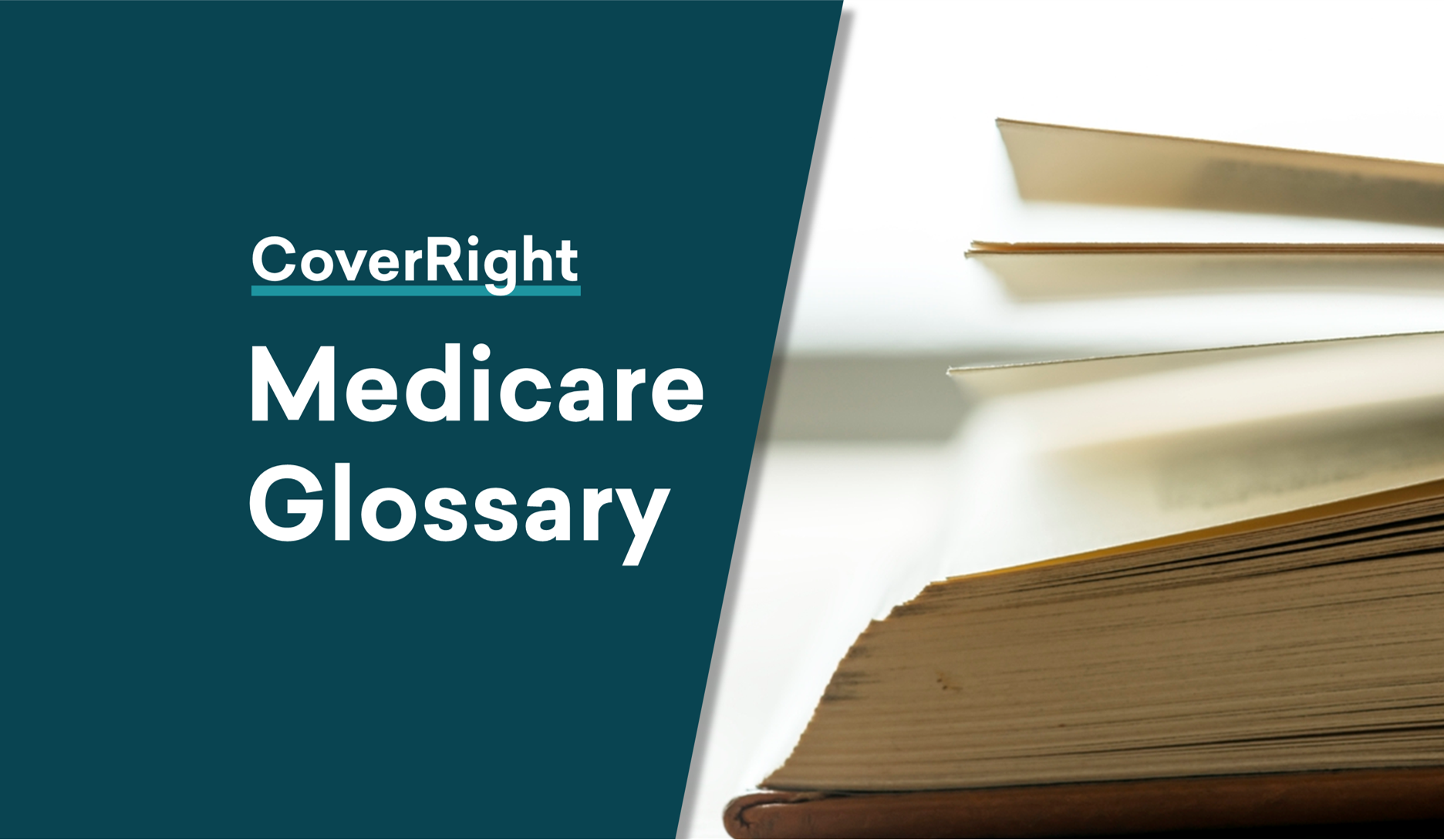Evidence of Coverage (EOC) is a comprehensive document that provides essential information about the terms and conditions of a health insurance plan. It serves as a legally binding contract between the insurance provider and the insured individual, outlining the covered benefits, costs, and rules associated with the plan. Understanding the contents of the EOC is crucial for beneficiaries to make informed decisions about their healthcare and navigate their insurance coverage effectively. In this article, we explore the concept of Evidence of Coverage (EOC), its significance, and its role in helping individuals comprehend and utilize their health insurance benefits.
What is Evidence of Coverage (EOC)?
The Evidence of Coverage (EOC) is a detailed document that outlines the specifics of a health insurance plan, such as Medicare Advantage plans, Medicare Part D prescription drug plans, and private health insurance plans. It is provided by the insurance provider and serves as a legal contract between the insurer and the insured individual.
Contents of the EOC The EOC typically includes the following key information:
- Covered Benefits: The EOC lists the medical services, treatments, and medications that are covered by the health insurance plan. It provides details about what services are included and any limitations or restrictions on coverage.
- Costs and Payments: The EOC outlines the costs associated with the health insurance plan, such as premiums, deductibles, copayments, and coinsurance. It also explains how much the insured individual is responsible for paying for different services.
- Provider Networks: The EOC may provide information about the network of healthcare providers and pharmacies that participate in the plan. It helps individuals understand where they can access care and services without incurring additional out-of-pocket costs.
- Prior Authorization and Referral Requirements: Some health insurance plans require prior authorization or referrals for certain medical services or treatments. The EOC specifies when these requirements apply.
- Appeals and Grievance Procedures: The EOC outlines the procedures for filing appeals or grievances if the insured individual disagrees with a coverage decision or has concerns about the plan.
Importance of the EOC
- Informed Decision-Making: The EOC empowers individuals to make informed decisions about their healthcare by understanding what services are covered, the associated costs, and where they can seek care.
- Financial Planning: Knowing the costs and payments associated with the health insurance plan helps individuals plan and budget for their healthcare expenses.
- Navigating Coverage: The EOC provides guidance on how to use the health insurance plan effectively, such as obtaining prior authorizations or referrals when necessary.
The Evidence of Coverage (EOC) is a critical document that outlines the terms and conditions of a health insurance plan. By understanding the contents of the EOC, individuals can make informed decisions about their healthcare, access covered benefits, and navigate their insurance coverage more effectively. Reviewing the EOC carefully and asking questions about any unclear information ensures that beneficiaries have a clear understanding of their health insurance plan and can fully utilize their benefits to support their health and well-being.


